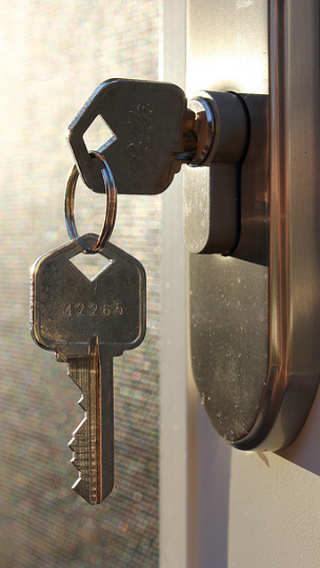Adjustable Rate loans...a good idea?
As the name implies, adjustable rate loans start out with one rate but can change over time after a fixed period of years has passed. Back in the days of reckless abandon, adjustable rate loans were lightly regulated and left many homeowners with sticker shock when the rate adjusted (mostly, but not always, upward) but times have changed. Adjustable mortgages along with the rest of the mortgage industry, are now so tightly regulated that they represent very little risk for the well-informed home owner.
Why would you need an adjustable rate loan?
There are only three good reasons for taking an adjustable rate loan and they are either focused on saving you money or letting you afford a bigger loan:
- You plan on selling the house in a few years and buying another or moving and you want to take advantage of the lower rate that usually comes with an adjustable loan.
- Because of the lower rate associated with an adjustable mortgage, you can buy more house than you normally would be able to afford on a fixed rate mortgage, or in the case of a refinancing, you can afford a larger loan than you presently have, with roughly the same payment. This can be handy for paying off credit cards or refurbishing your home.
- You expect interest rates to remain low and realize you can refinance before the deadline for the first adjustment.

In practice, almost no one stays in the same loan for 30 years. Instead, homeowners refinance on average every five years so for all intents and purposes, most loans are changing all the time. The attraction of an adjustable loan like a 7/1 ARM is that it is fixed for seven years.
What’s your protection with an adjustable rate loan?
In times gone by, homeowners ran afoul of adjustable rate mortgages when upward adjustments made it impossible for them to make their new payment. Today’s stricter environment requires lenders to qualify you for a loan using the highest rate to which the mortgage can adjust. So if the economy suddenly changes and rates go up, you will still be able to afford your payments based on the factors taken into consideration when you first signed up.
Happily, rates can also go down and so should your payment. If an adjustable rate mortgage suits your current circumstances, it may be worth your while to look at how much money you may be able to save, at least during the fixed period of the loan.
So how do ARMs work anyway?
Adjustable rate mortgages are made up of two components, the index and the margin. The margin is the amount your lender adds on to cover their expense and to stay in business. The index is a number that is tied to the LIBOR or London Interbank Offered Rate. LIBOR is a benchmark rate that large banks charge each other for short term borrowings.
A 7/1 ARM means:
- Your interest rate will stay the same for seven years.
- After 7 years, your interest rate will change every year
What are interest rate caps?
Adjustable rate mortgages carry caps that determine when and how your ARM can adjust. The three types of caps include:
- Initial caps are the amount your loan can change at the time of first adjustment. In a 7/1 ARM the initial cap would occur after the seventh year.
- Periodic caps are the frequency of rate changes. A 5/6 ARM would have a rate change every six months after the initial fixed period, while a 7/1 ARM would have a rate change once per year.
- Lifetime cap defines the amount the rate can change, up or down, over the life of the loan amortization period.
Just don’t expect a negative interest rate though as almost all lenders put a rate floor clause in their contracts equivalent to the start rate, so your rate will never go below that initial rate.
photo courtesy of wooleywonderworks, Creative Common License 2.0, modified from the original 399x640 to 320x568.
